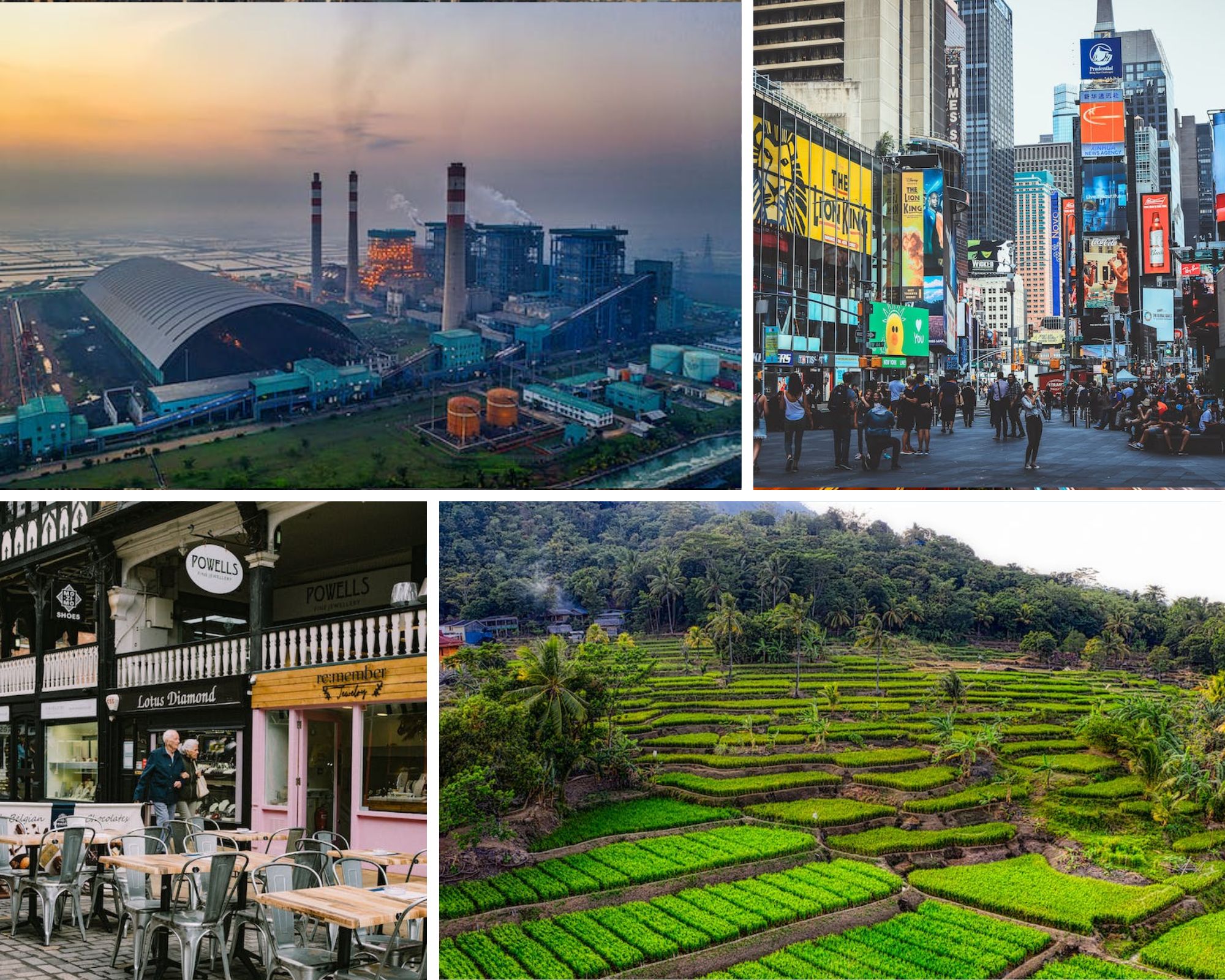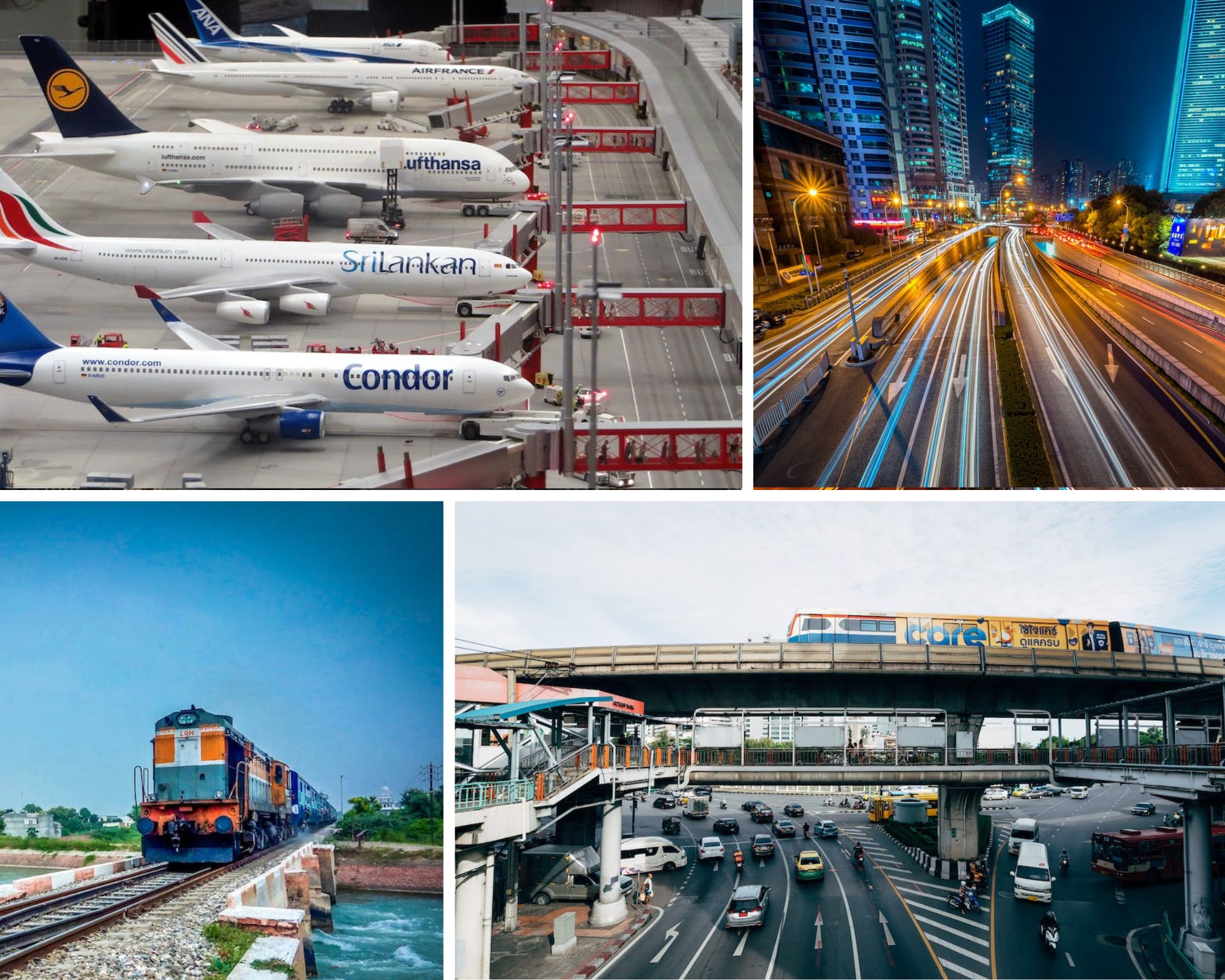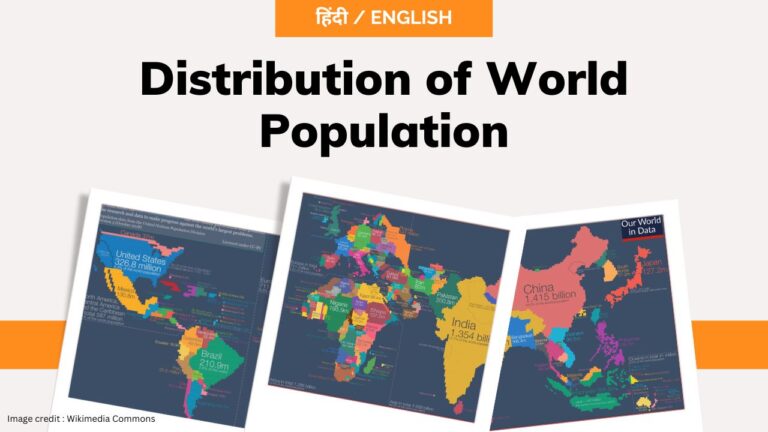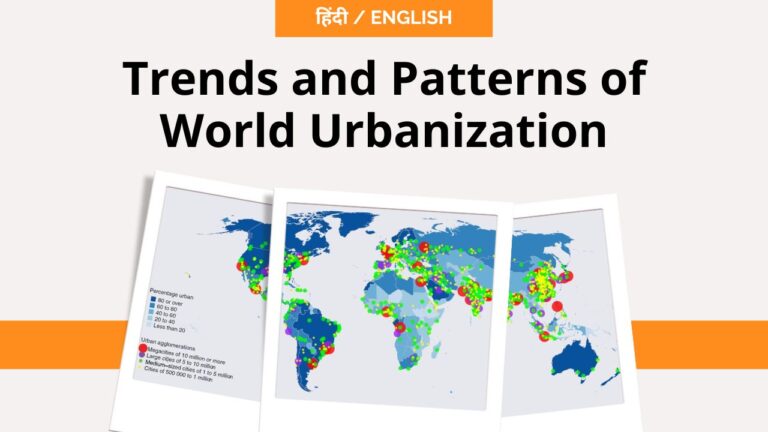Factors Affecting the Human Settlements
Human Geography
Index
Factors Affecting the Human Settlements
Human settlements refer to the places where people live, work and engage in social and economic activities. The location, distribution, and growth of human settlements are influenced by various factors. the key factors that affect human settlements are as follows.
1- Physical Environment
The physical environment has a significant impact on the location and growth of human settlements. Factors such as topography, climate and natural resources play a crucial role in determining where people choose to settle. For example, Flat areas are often preferred for settlement, as they are easier to build on, whereas mountainous regions are more difficult to inhabit. Areas with fertile soil, access to water and mild climate are more likely to attract settlements than areas that are barren, arid or prone to natural disasters.
2- Economic Activities
Economic activities such as agriculture, mining and manufacturing also influence the growth and location of human settlements. People tend to settle in areas where economic opportunities are plentiful. Settlements tend to develop around areas where economic activities are concentrated. For example, towns and cities may develop around mines, ports or manufacturing centres.
Economic factors also influence the size of settlements. Large cities often emerge in areas where there is a concentration of economic activity.
3- Transportation
Transportation infrastructure also plays a crucial role in the location and growth of human settlements. Areas that are easily accessible by road, rail or air tend to attract settlements. This is because transportation infrastructure facilitates the movement of goods, services and people, which in turn fosters economic growth and social interaction.
The development of transportation technologies such as trains and automobiles allowed people to live farther away from their workplaces, resulting in the growth of suburbs.
4- Political Factors
Political factors such as government policies, conflicts and wars also influence human settlements. Government policies such as zoning regulations, tax incentives and subsidies both encourage or discourage settlement growth in certain areas. Conflicts and wars force people to migrate to other areas, leading to the growth of new settlements.
5- Cultural and Social Factors
Different cultures have different ideas about what constitutes an ideal settlement. For example, some cultures may prefer to live in large, densely populated urban areas, while others may prefer smaller, more rural communities.
Factors such as language, religion and traditions also influence human settlements. People tend to settle in areas where they share cultural and social values with others. For example, immigrants may choose to settle in areas where people from their home country already reside.
6- Demographics
Demographic factors such as population growth, age and gender also influence human settlements. Areas with high population growth rates are likely to experience increased settlement growth. The age and gender composition of a population also influence settlement growth, as certain age and gender groups may require specific types of infrastructure and services.
7- Technology
Technological advancements also influence human settlements. The development of new technologies such as the internet, telecommunication networks and renewable energy change the way people live and work. This leads to the growth of new settlements or the decline of existing ones.
Recently the development of communication technologies such as telephones and the internet has made it easier for people to work and communicate from anywhere, reducing the need for physical proximity.
8- Environmental Factors
Environmental factors such as pollution and natural disasters also influence human settlements. Areas that are prone to natural disasters such as floods, earthquakes or hurricanes experience a decline in settlement growth. Pollution and climate change can also have a negative impact on settlements, leading to health problems and reduced economic activity.
These factors have influenced the size, location and form of human settlements over time.
Conclusion :
In conclusion, human settlements have been shaped by a wide variety of factors. the location, distribution and growth of settlements depends on variety of factors. These factors interact with each other in shaping the way people live, work and interact with each other. Understanding these factors is crucial for policymakers and planners who seek to promote sustainable and equitable settlement growth.
Share
Other Topics
Unit - III













